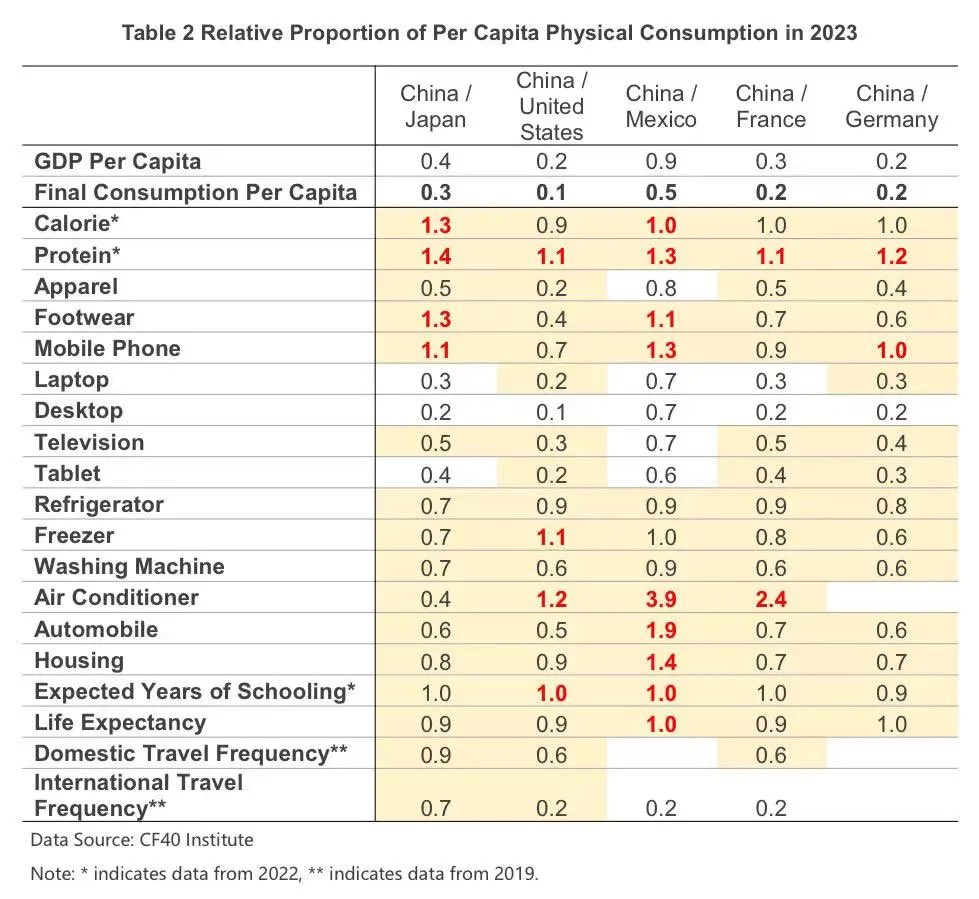If you ever played Civilization, 👇 is the equivalent of discovering tech that allows you to upgrade a desert tile into an energy-producing one.
Affordable solar PV production has the same effect as discovering oil in the Middle East and then multiplying it by 10x.
Affordable solar PV production has the same effect as discovering oil in the Middle East and then multiplying it by 10x.
https://twitter.com/glennluk/status/1947188789069398471

~830B barrels of proven reserves in the Middle East has effective energy equivalent of around 11,300 GW of solar PV that produce over a 25-year useful life.
At 14 km2/GW, this would take up desert space of ~158,200 km2, which is less than a quarter of China’s portion of the Gobi Desert.
Moreover, regular maintenance and replacement means this infrastructure would produce energy in perpetuity, while the Middle East oil fields run out or become more costly/difficult to extract (even with improved extraction technology).
At 14 km2/GW, this would take up desert space of ~158,200 km2, which is less than a quarter of China’s portion of the Gobi Desert.
Moreover, regular maintenance and replacement means this infrastructure would produce energy in perpetuity, while the Middle East oil fields run out or become more costly/difficult to extract (even with improved extraction technology).
China is currently deploying solar PV at a run rate of 300+ GW per annum, which means at just current run rates it can deploy this volume of solar PV in 37 years.
Remember it also took multiple decades to develop the vast oil fields in the Middle East starting in the 30s and 40s.
Remember it also took multiple decades to develop the vast oil fields in the Middle East starting in the 30s and 40s.
A key strategic difference between the geopolitics of oil and renewables is that geographic luck plays much more of a decisive factor for oil and gas than it does solar/wind.
Instead, the decisive factor for renewables is production and deployment capability to capture latent energy from the sun that has bathed this planet for billions of years.
Instead, the decisive factor for renewables is production and deployment capability to capture latent energy from the sun that has bathed this planet for billions of years.
Another key difference between oil (and fossil fuels, more broadly) and renewables is centralization.
Fossil fuel extraction and related useful energy production (like refineries and power plants) are more efficient when deployed on a centralized basis.
And while there are certain aspects of clean energy value chain that favor centralization (like production of solar panels), the infrastructure deployment itself is highly decentralized.
Fossil fuel extraction and related useful energy production (like refineries and power plants) are more efficient when deployed on a centralized basis.
And while there are certain aspects of clean energy value chain that favor centralization (like production of solar panels), the infrastructure deployment itself is highly decentralized.
Renewables (especially solar) also lends itself more to modern trends of digitalization, robotics and automation.
You already have automated near-lights-out factories producing the key components required to deploy solar 24/7.
Automation technology has reached point of maturity where it is already maintaining installed infrastructure with little human intervention 👇.
It’s only a matter of time before other aspects of building out incremental greenfield solar are also automated.
You already have automated near-lights-out factories producing the key components required to deploy solar 24/7.
Automation technology has reached point of maturity where it is already maintaining installed infrastructure with little human intervention 👇.
It’s only a matter of time before other aspects of building out incremental greenfield solar are also automated.
So while extraction of shrinking fossil fuels is likely to get more expensive over time, the productivity of the clean energy ecosystem improves.
Clean energy has already breached cost-parity with the cheapest sources of fossil fuel energy (coal). How long before it’s half or even one-tenth as inexpensive?
Clean energy has already breached cost-parity with the cheapest sources of fossil fuel energy (coal). How long before it’s half or even one-tenth as inexpensive?
• • •
Missing some Tweet in this thread? You can try to
force a refresh







